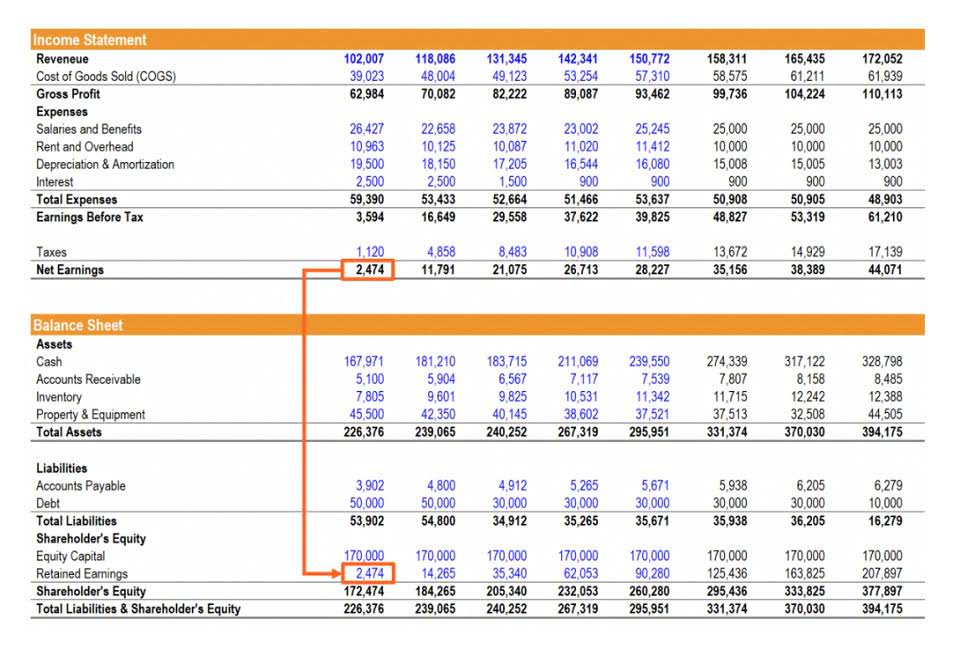
Capital expenditure refers to the funds that are spent by a company to acquire, upgrade, or maintain their long-term assets. For intangible assets, amortization methods like the straight-line approach are often employed. However, some companies may use a units-of-production method, which ties the amortization expense to the actual usage or output of the asset. This method is beneficial for assets like patents or software licenses, where the value derived from the asset is closely linked to its usage. By aligning the expense with the asset’s productivity, companies can achieve a more accurate reflection of their financial performance.

#2 – CapEx on Intangible Assets

These assets can include property, industrial buildings, machinery, and equipment. The purpose of such expenditures is to generate future economic benefits for the business. Accurately managing and recording capital expenditures is crucial for businesses aiming to maintain financial health and transparency. These investments, which often involve significant sums, can impact a company’s long-term growth and operational efficiency. An ongoing question for the accounting of any company is whether certain costs incurred should be capitalized or expensed.
Item Purchased

Capital expenditures are recorded as assets, not immediate expenses.They are classified as fixed assets and their expense is allocated over the asset’s useful what is capital expenditure in accounting life via depreciation. Capital Expenditure or CapEx is the money spent by a company to build and maintain its physical fixed assets like machinery, building, vehicles, hardware, and software. Part of running a business is taking all the right steps to record financial transactions and keep track of cash flow, tax impacts, and ROI.
What Types of Purchases Are Considered CapEx?

An expense is capitalized when the benefits do not expire in the current accounting period. At the Bookkeeping vs. Accounting project’s outset, decide whether to finance the capital asset through debt or existing funds. Saving implies delayed asset acquisition, while borrowing increases debt and potential future borrowing constraints. Before initiating capital expenditure budgets, comprehensive preparation is imperative to avoid budgetary excesses. Begin by delineating the project’s scope, setting realistic timelines, and obtaining approval. Determine the internal resources required, encompassing manpower, materials, finances, and services.
Companies account for this residual value in their depreciation calculations. Capital expenditures that are poorly planned can lead to financial problems in the future. For example, if a company buys new technology that quickly becomes obsolete, it may be stuck with debt payments for years to come even though the asset no longer generates any revenue.
By understanding its meaning, formula, and role, anyone can see how these investments shape the world around us. So next time you hear “Capex,” think of it as a business planting seeds for tomorrow’s success. It provides insights into a company’s growth potential, financial stability, and commitment to long-term value creation. Find the capital expenditure across companies that are of interest to you and assess their competitor benchmark data. This means the company spent $150,000 on new or improved assets during the period. Capital expenditures are often difficult to reverse without the company incurring losses.
- The reason that depreciation is added back is attributable to the fact that depreciation is a non-cash item.
- To fully understand capital expenditures, you also need to learn how to record them on your financial documents.
- Most forms of capital equipment are customized to meet specific company requirements and needs.
- Still, the depreciation expense recognized on the income statement reduces the pre-tax income (EBT) line item and, thus, net income.
- The right tools help you manage capital expenditures and see your business’s financial health clearly.
From expense to investment – What is capital expenditure? (CapEx)
- The current period depreciation expense appears as a line item on the income statement.
- This involves identifying potential projects, evaluating their feasibility, and prioritizing them based on their expected return on investment and alignment with the company’s vision.
- By monitoring and analyzing cash outflows, businesses can develop realistic budgets and forecast future cash requirements.
- These significant outlays are recorded on a company’s balance sheet, reflecting their long-term value to the business.
- For example, the maintenance capex in Year 2 is equal to $71.3m in revenue multiplied by 2.0%, which comes out to $1.6m.
- This supplementary information explains that Apple has a gross PPE of $114.6 billion with $78.3 billion made up of machinery, equipment, and internal-use software.
- Suppose in a board meeting of EFG company, the purchase of a new plant was proposed for the newly opened production facility in another city.
Unlike operating expenses that occur at regular intervals, capital expenditures are not fully charged to income in the year they were incurred. Rather, capital expenditures are capitalized and subsequently expensed over time through depreciation/amortization. This process allows for the costs of the asset to be allocated over its useful life, which matches the expenses with the revenue derived and bookkeeping generated by using the asset. Companies make CapEx investments for various reasons, including expanding production capacity, upgrading outdated machinery, or adopting new technology.

 .
.
No comment